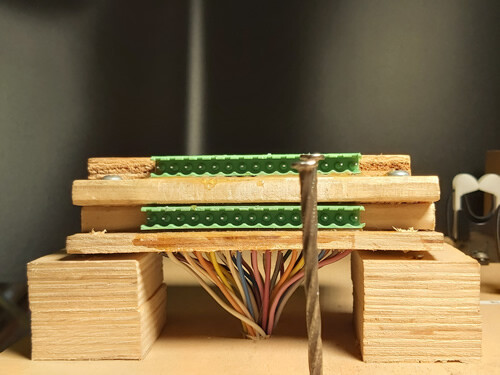
Most machinery uses electrical connections throughout their assemblies to power motors, connect sensors, buttons, lights, screens and more via electrical wire. Once a wiring harness is created, it must be routed however the design intends for, which takes into consideration every physical aspect and limitation needed to successfully install it.
Design
When designing a fixture to assemble the harness on to, it requires precision physical measurement of the final application to create a map of how to build the harness. Every detail including placement of holders, clamps, springs, tabs, connectors, chassis mount holders and any other required connection points, mock design edges etc. must be taken into account to replicate the exact characteristics of the machine it will be powering.
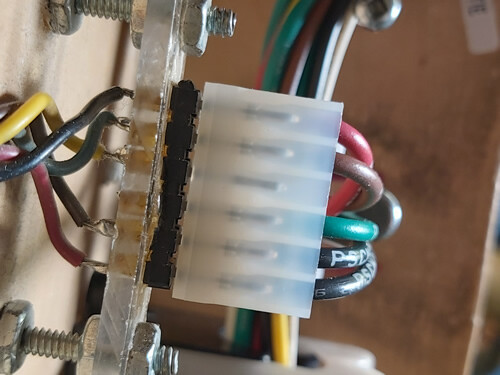
Custom Board mount 
Circuit board-in mount 
Wired Connectors 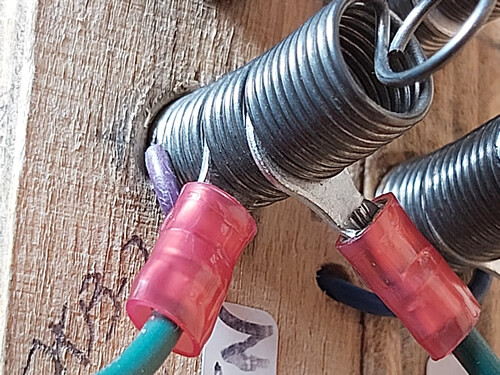
Double ring connections 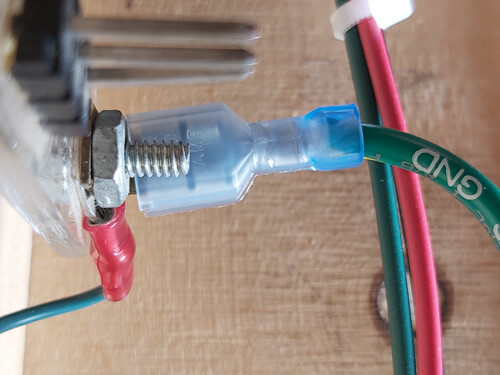
faston connections 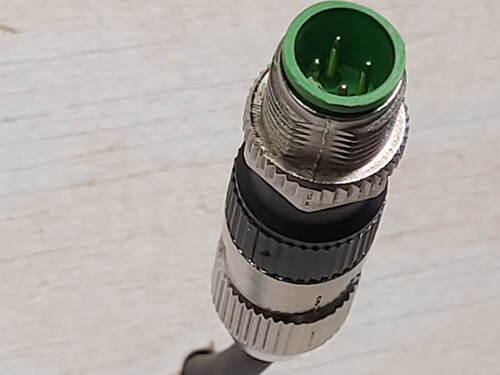
M12 robotic cable 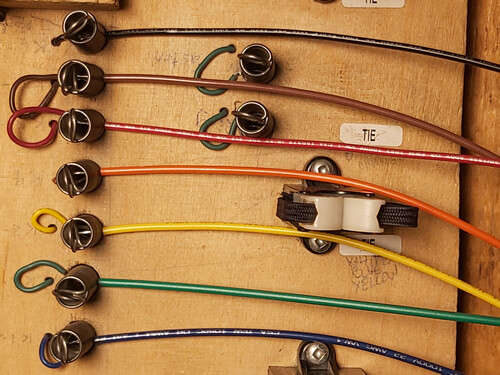
discrete wires 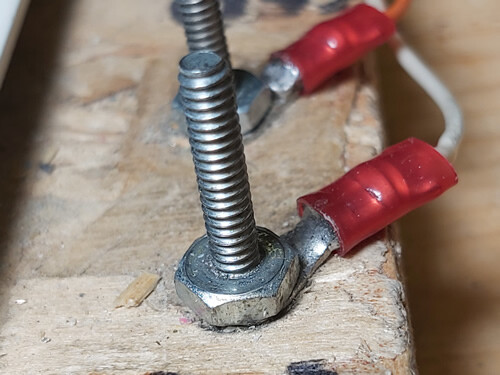
ring poles for ground studs 
custom soldered chassis style connections
The production planning stage of jig design is crucial with dedicated engineering teams tasked to spec proper placement in a 3d realm using drawings and physical dimensions to recreate the same environments required on the final assembly.
Testing

When a new custom jig is designed, the designer takes into account every connection point possible on the harness in order to plan for integrating real-time high speed test scanning ability into the jig.
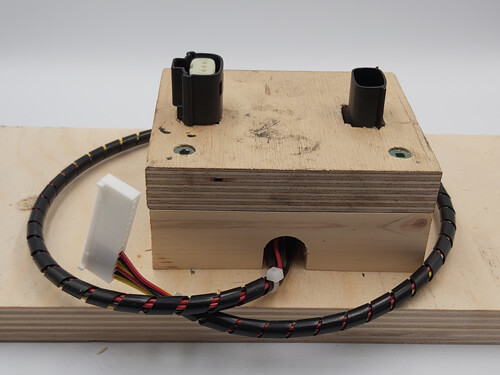
Each jig has a secondary test wiring harness dressed throughout its physical wooden shapes to re-create a connection to the harness in the exact same way it will be when it is used.
As the assembler adds wire to the build during the assembly process, the real-time scanner gives an audible beeping tone which signals the user using different pattern outputs when errors are made in circuitry.
The final integrated test jig has the ability to measure:
- continuity of the signals flowing through the wiring harness
- resistance values throughout the wiring harness which are set to parameters that satisfy the end product characteristics. (Since each and every connection is wired to separate testing inputs, any intentional shorts in circuitry are accurately monitored and differentiated from failures.)
- Hi-Pot high voltage stress testing of the harness
- Open circuits
- Mis-wired connectors
All aspects of quality are monitored during assembly to ensure that proper electrical bonding of all terminated connection points is maintained in every unit.
Serious care is taken at every stage of C-T Wire Prep’s Wire Harness Manufacturing process because testing gives the customer a guarantee on their OEM product.
We hope this article has been very educational and if you enjoyed it, we invite you to subscribe to our RSS feed for updates!

